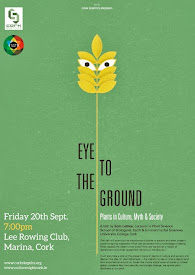Spider vs. Conker -Opinion

Personally, I'm not particularly frightened of spiders. Despite having seen the film Arachnophobia and despite the popular dislike of our eight-legged friends, they've never particularly bothered me. Moths on the other hand, now they're frightening! I can't quite put my finger on the reason. Perhaps its their erratic flying manner. I always feel they could fly into my face at any time. The way they fly directly into light bulbs bothers me too.
Despite my views that science needs to turn its attention towards this moth problem, it's interesting to see that in Britain, the Royal Society of Chemistry has issued an open call for proof that spiders are deterred from entering a house by the humble horse chestnut of all things.
The RSC is offering £300 to anyone who can come up with hard evidence to back up this old-wives tale with photographic or video evidence.
A quick browse of the web, to use a pun which has been much used and abused by the tabloids covering the story, shows that while a lot of people claim the conker works in warding off spiders, many posters are more suspicious with no direct evidence available.
That a plant source for an anti-spider compound could exist is not beyond the realms of possibilty. Many of our most useful pesticides and medicines were originally derived from plants. In fact, the field of ethnobotany exists to examine such old-wives tales and see if plants in use by indiginous peoples around the world might be a source of useful chemicals and drugs. The cardiac drug Digoxin, for example, was first isolated from the foxglove plant and is now used to treat heartbeat abnormalities. As a further example, nicotine derived from tobacco plants can be used to kill off aphids and other sucking insects in the glasshouse. For a plant that gets so much (deserved) bad press, this is a good news story for tobacco.
Its nice to see the general public being encouraged to conduct scientific experiments and to submit their results to the RSC. There's no reason why anybody couldn't set up a very simple experiment here using horse chestnuts found all over the countryside at this time of the year and some spiders rounded up from around the house and garden. It would also be a very interesting BT young scientist project for students. It could earn them some pocket money too!
The challenge was set by the Royal Society of Chemistry.























0 comments:
Post a Comment